There is nothing more symbolic on the Maine coast than the quintessential views of its many lighthouses. There are sixty-five historical lighthouses located along the five thousand miles of coastline, inlets, and islands. Maine has been commonly referred to as the lighthouse state. Lighthouses can symbolize many things to individuals, such as overcoming challenges and misfortune. This symbolism can be viewed into two ideas. The lighthouse itself can be seen as a symbol of salvation and safety, especially in the face of difficulties. The lives of lightkeepers were often lonely ones and filled with great challenges. Lighthouses are most commonly used to symbolize a way forward and help in navigating through the world. Originally, lighthouses were operated by a lighthouse keeper and sometimes the family, as well. The lives of lightkeepers were often lonely and filled with risk. Today, the active lighthouses of Maine are automated and monitored by the U.S. Coast Guard.
It was a beautiful fall day here in Maine and we decided to make our way to Acadia National Park. Acadia has five lighthouses located among the surrounding bays. Our plan was to visit the Bass Harbor Head Lighthouse. The lighthouse is located on the western part of the island within Acadia National Park on the rocky, southwest tip of Mount Desert Island in Tremont, marking the entrance to Bass Harbor as well as Blue Hill Bay. It is one of the most photographed lighthouses on the East Coast, as well as being the only park lighthouse accessible by car. The peek leaf-peeping season was over at the park and we encountered very few visitors. This made for a wonderful day of photography. Parking is free and open daily from 9:00 AM until sunset. After we parked the car, we took the well-groomed trail on the left side of the parking area that leads east into the woods along the area of the lighthouse. There is also a trail on the right side of the parking area. This leads to the lighthouse viewing area where visitors can experience a great vantage point to see a panoramic view of the harbor. There are also plaques with detailed information about the grounds, the lighthouse, and its history. Visitors are required to stay on the concrete path. Here you can get a close-up view of the lighthouse tower from the outside only, because the building is being used as a private residence.
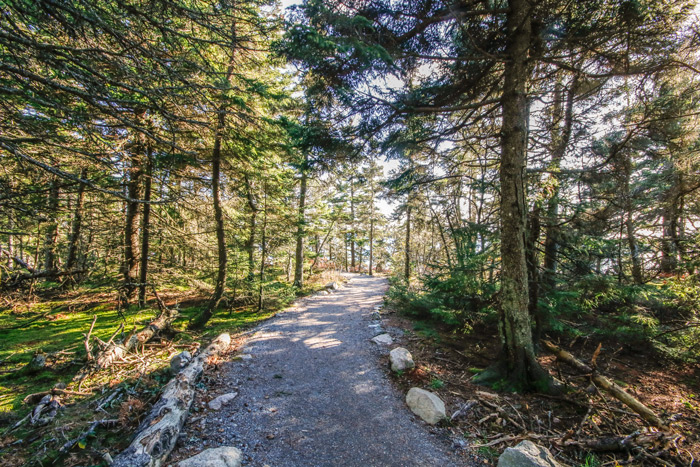
Walking the trail under the canopy that leads down to the lighthouse.
The wooden boardwalk and stairway that leads down to the viewing area where you can see the lighthouse to your right.
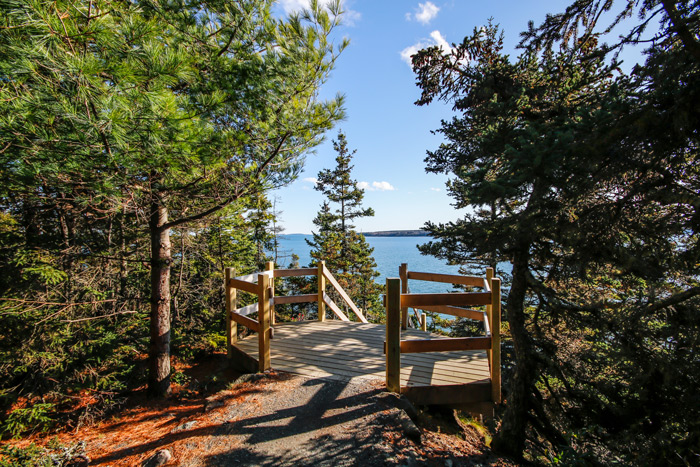
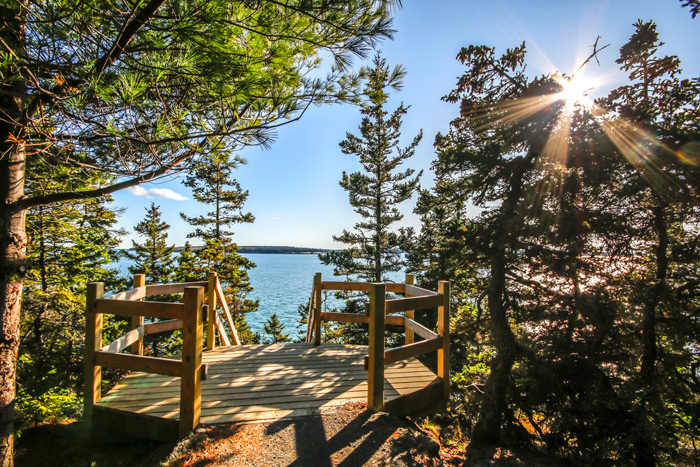
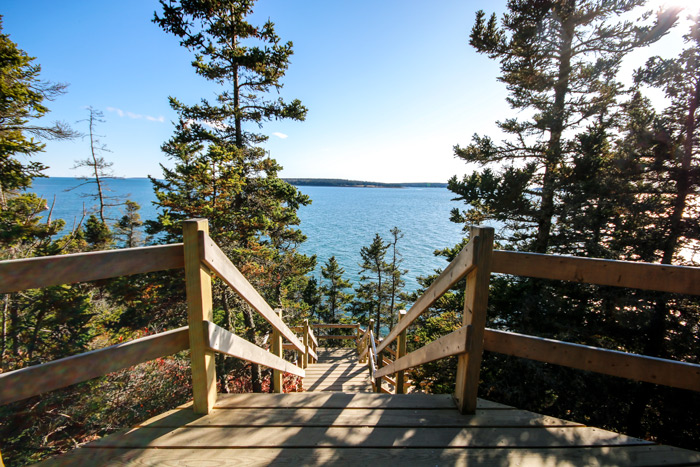

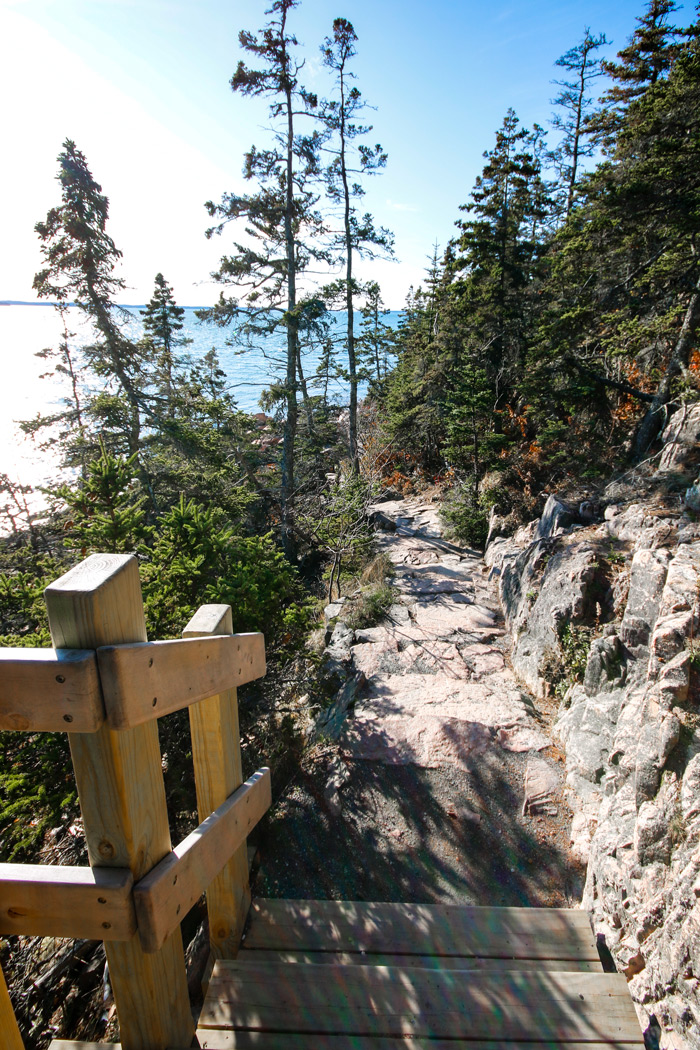
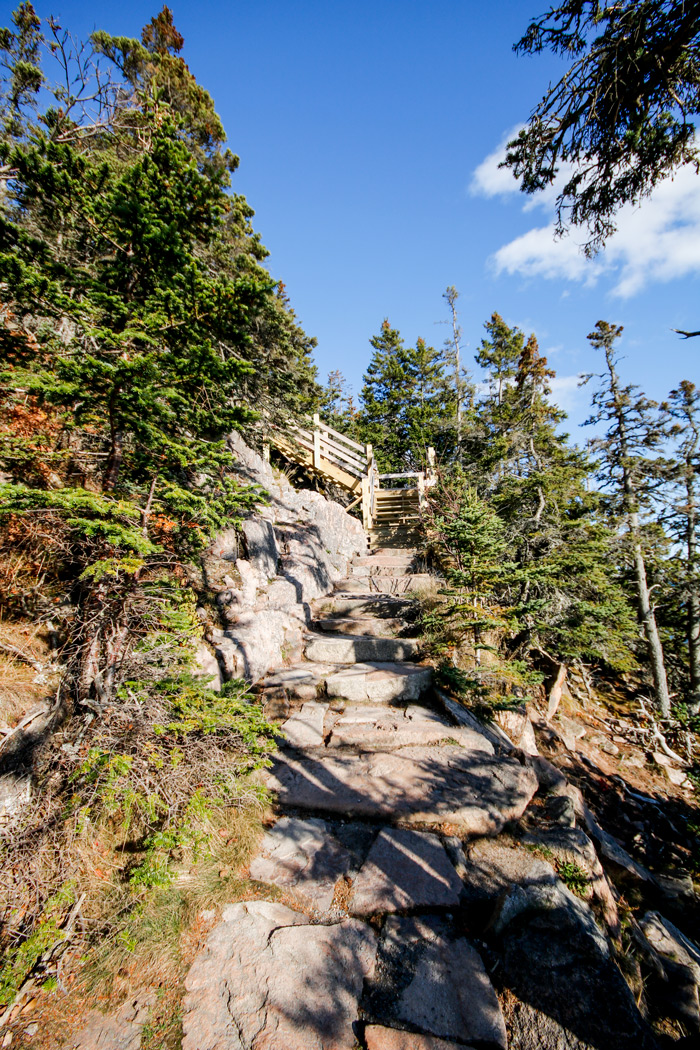
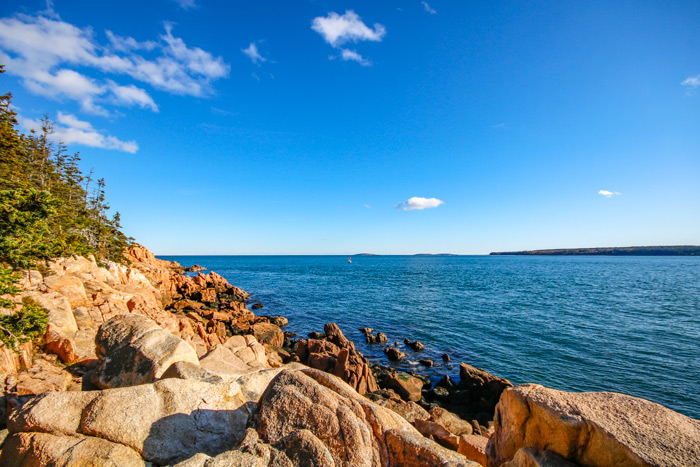
Making my way down to the water.
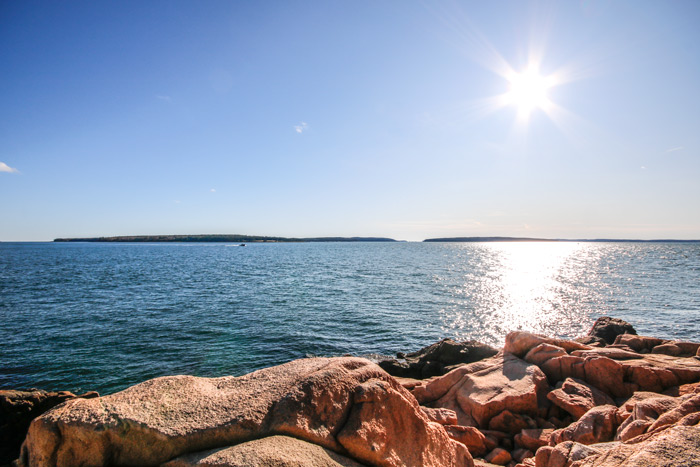
The rocks are notoriously slippery down near the water. There were a few rough spots climbing among the rocks, but once I got a hang of it, I was on my way to getting a better view of the lighthouse.
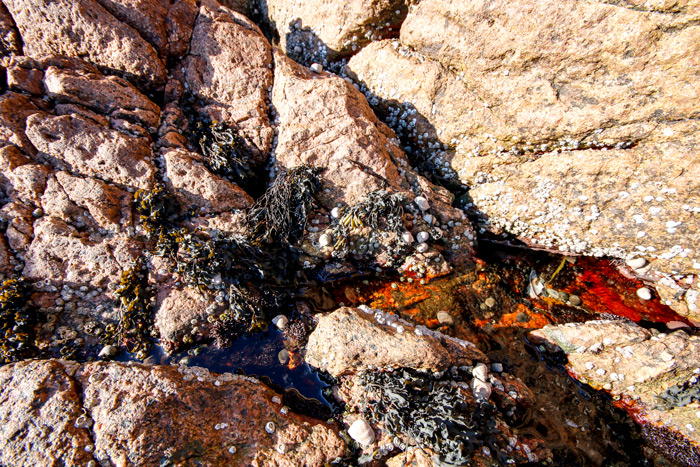
Seaweed among the rocks.
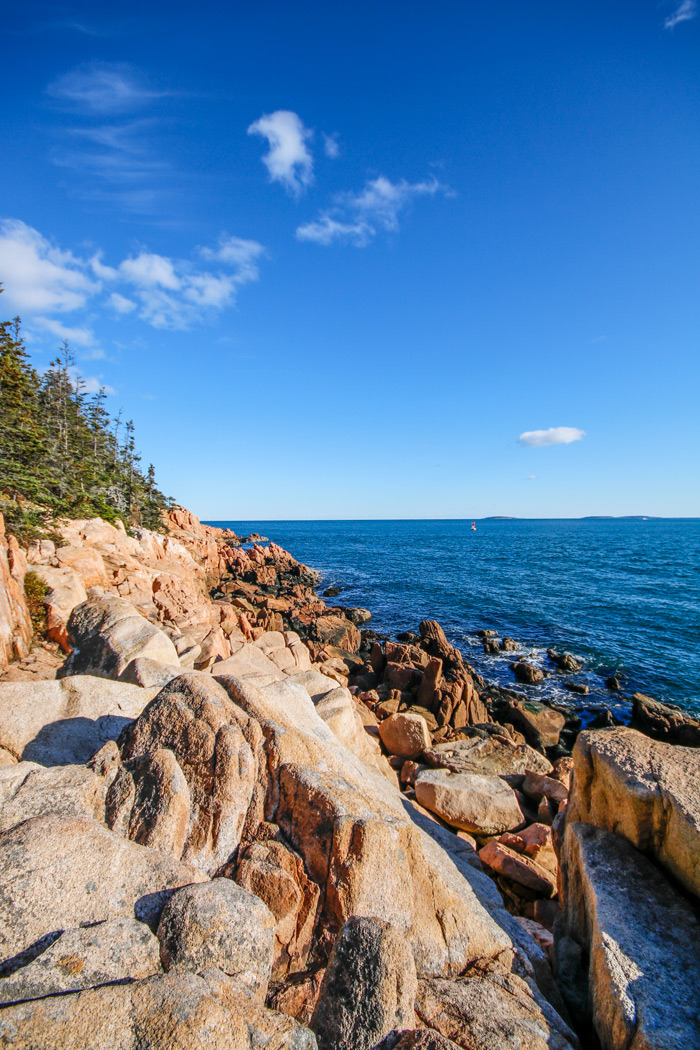
A view of the rocky coast and the harbor.
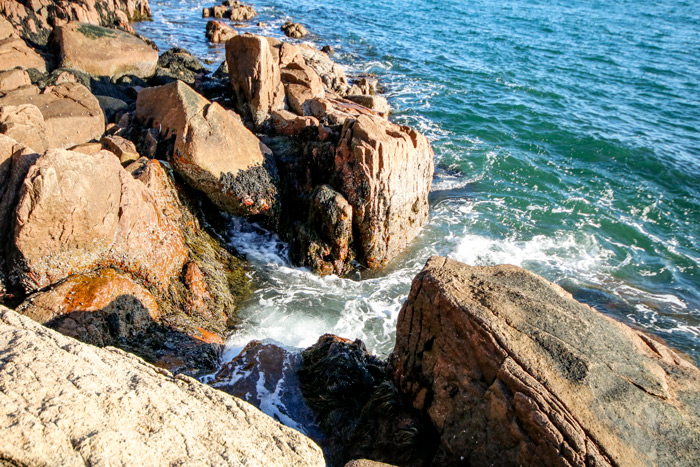
Ocean water crashing against the rocks.
I also took a moment to just watch the water crashing onto the rocks and being present in the moment. The color of the water was a mix of light and dark blues, as well as emerald green. Here is a short video of that moment.
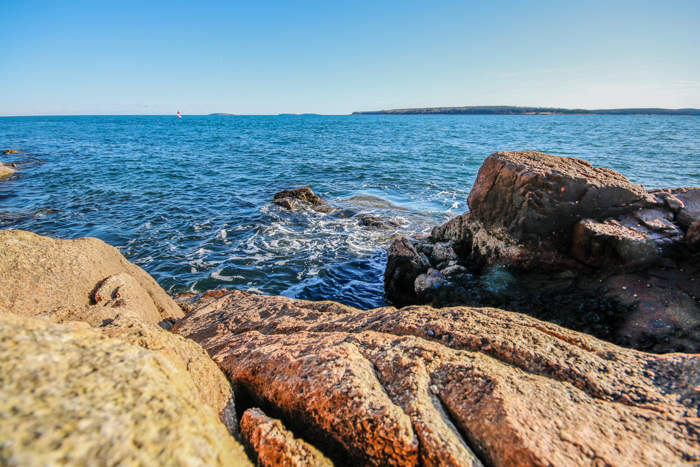
Looking out at the water.
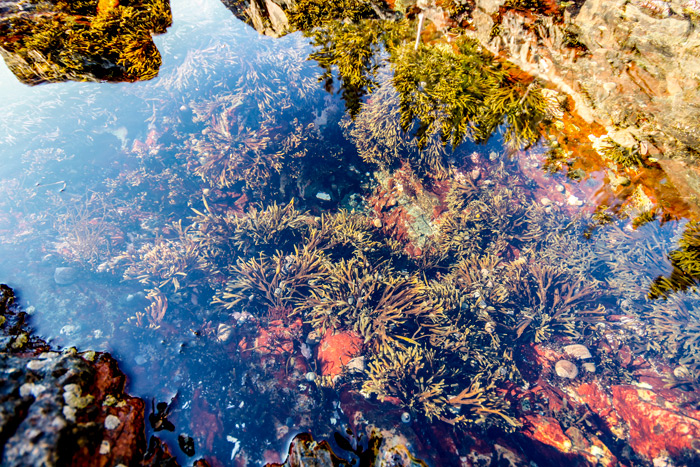
Water collecting among the rocks.
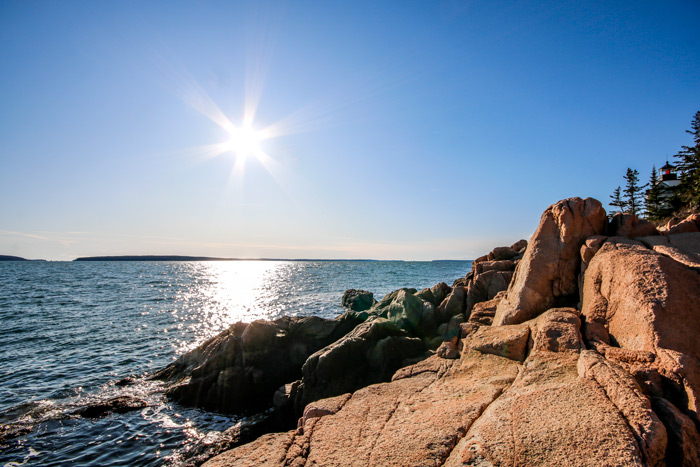
Making my way over the rocks to the lighthouse.
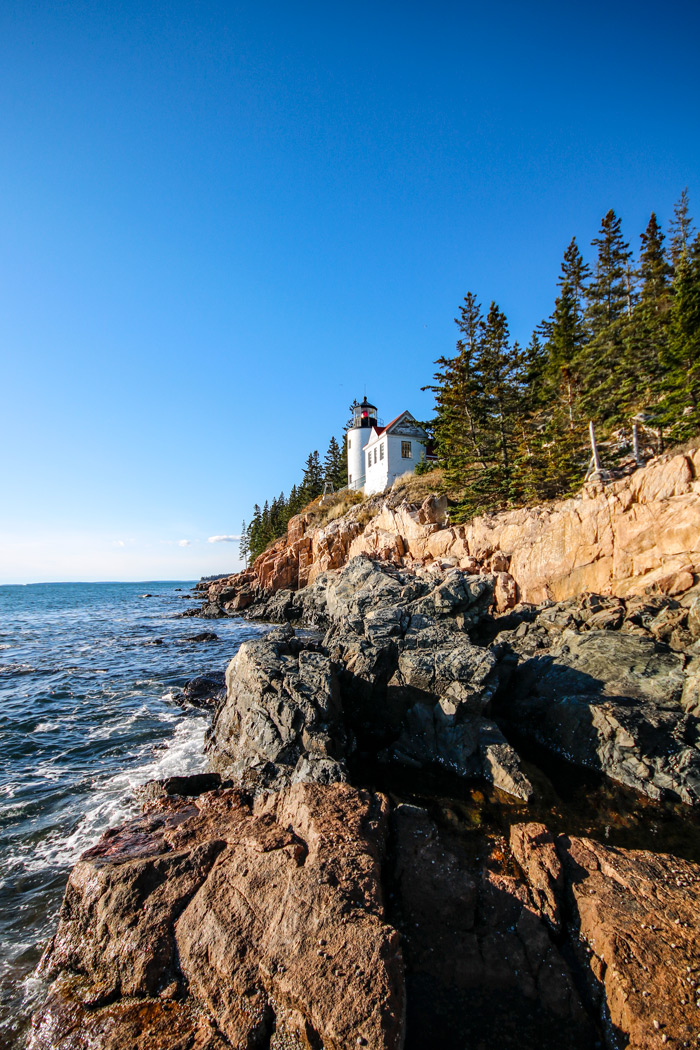
The Bass Harbor Lighthouse was built of brick on a stone foundation in 1858.
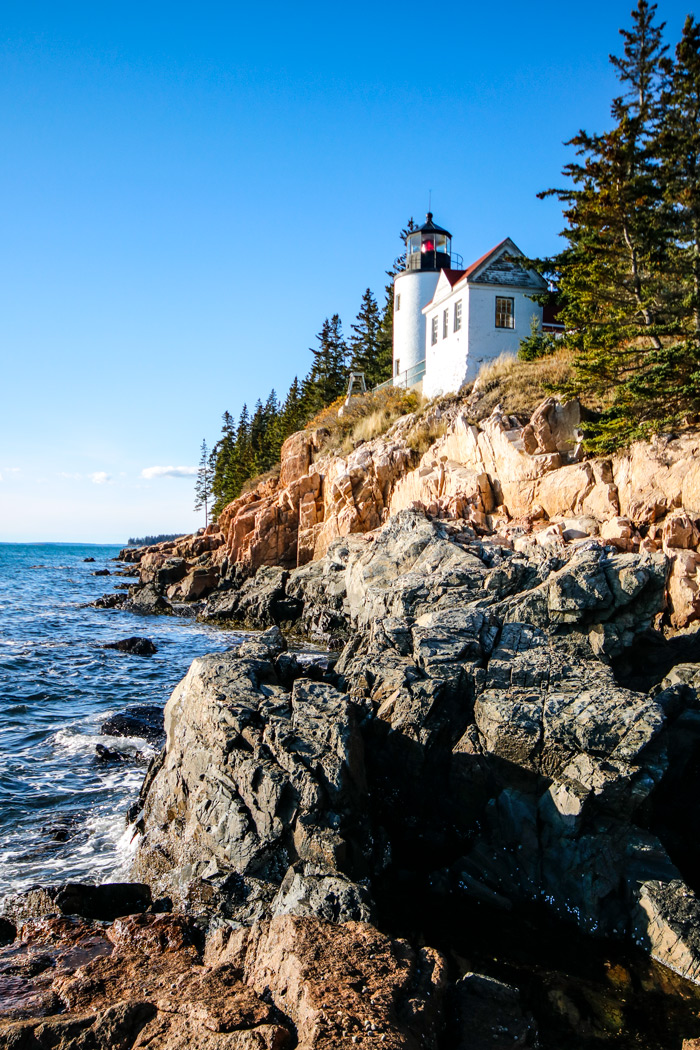
The house of the lightkeeper remains in its original configuration with the exception of a ten-foot addition that was added in 1900.
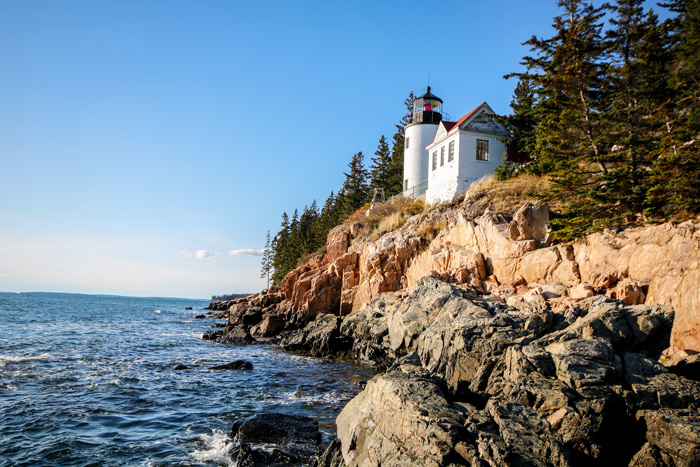
The lighthouse was added to the National Register of Historic Places as Bass Harbor Head Light Station on January 21, 1988.
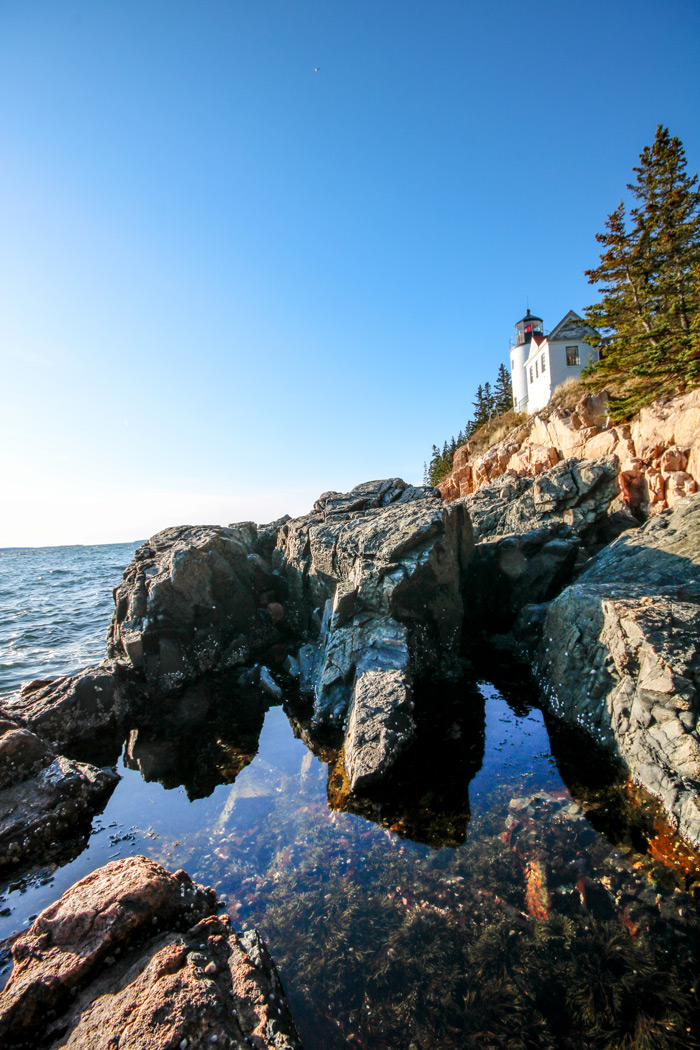
Today, the lighthouse is fully automated and is a private residence for a local member of the Coast Guard and his family.
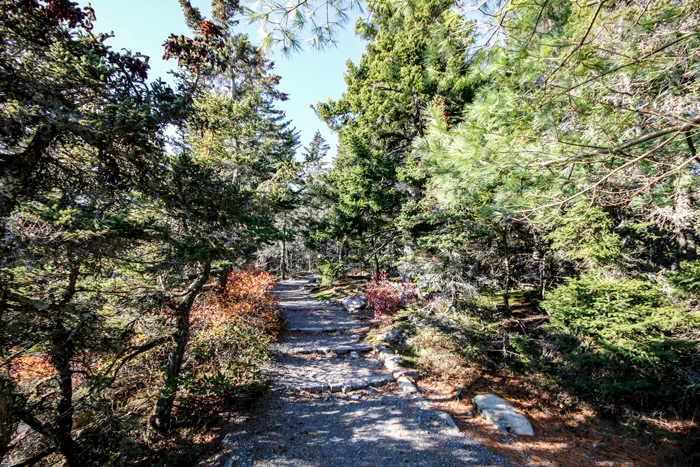
Heading back to the parking area at the end of our visit.
I can’t believe it has taken us this long to get to the coast, but it was well worth the wait. I hope you enjoyed the view of this majestic area of Maine.
Leave a Reply